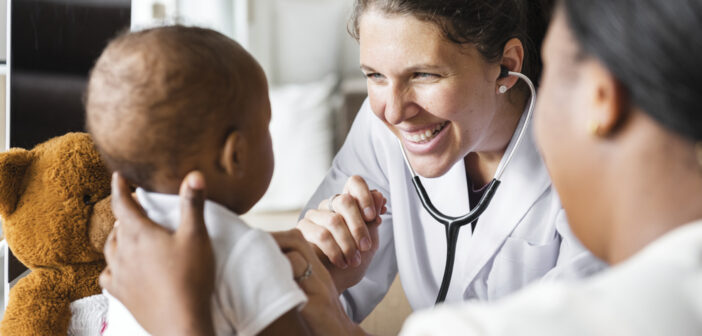Congratulations, happy parents! You have just welcomed a new little human into the world (and aren’t they cute?) No doubt, you will want to give your child the best start they can possibly have in this uncertain world. Let’s face it, it’s a scary place out there. As this pandemic has shown us, the first step in the right direction is to allow your child to grow up healthy, so protection from disease is crucial and your baby’s first line of defense is the vaccine.
“Now, hold on,” you might say. “Isn’t a vaccine just as dangerous? Won’t it give my child autism?”Although there are some who think so, those fears are unfounded. There is no scientific proof that vaccines cause autism, not even a correlation. Most advocates for this theory cite one study – now debunked by the scientific community – conducted by disgraced researcher, Andrew Wakefield, on behalf of a legal firm looking to sue vaccine manufacturers. (The study was pulled from the scientific journal, Lancet, for multiple flaws in the research.) That isn’t to say that no side effects for vaccines exist; most are mild and rare. Some vaccines can cause allergic reaction and symptoms of the disease it was created to prevent. Still, the protection provided by vaccines is worthy. Rubella, mumps, measles, polio, hepatitis, whooping cough and diphtheria are all extremely rare due to the administration of vaccines. Without vaccination, infection by the aforementioned diseases can still occur. All of the germs that create the disease are still out in the world, with only small pox being completely extinguished.
Vaccines are an important step in the safety of your child, especially as a newborn, because of the immunity they have received from their mother. That immunity, however, goes away during the first year of life. Immunizing children also helps to protect the health of the community, helping those who cannot be immunized due to underlying medical reasons.
Childhood vaccinations can prevent 14 diseases. These are: diphtheria, hepatitis A, hepatitis B, Haemophilus influenzae type b or Hib (the bacteria that causes meningitis), influenza, measles, mumps, pertussis (whooping cough), pneumococcal disease, polio, rotavirus, rubella, tetanus (lockjaw) and varicella (chickenpox). When studying the history of these diseases, the impact of the vaccine is immediately apparent. For example, before the vaccine, measles infected nearly every child, averaging 530,217 cases per year. Nearly 50,000 were hospitalized and about 1,000 suffered permanent brain damage. After the measles vaccine, infections averaged less than 200 per year. Polio paralyzed nearly 20,000 people per year in its heyday, and today, polio has been completely eradicated from the U.S. (the risk is greater in other parts of the world).
It is easy to believe that the threat of these diseases, measles for one, has been diminished due to its rarity. To think this way is a trap. The rarity of the disease is a direct result of continuing vaccination and not the result of any natural lessening of viral population. The threat exists and, in fact, the threat of measles is much higher now than ten years ago. These diseases are prevalent and may still infect your child.
Talk to your pediatrician for an up-to-date childhood vaccine schedule and make a plan to help make the world a healthier place for all.
Rawpixel.com / stock.adobe.com














